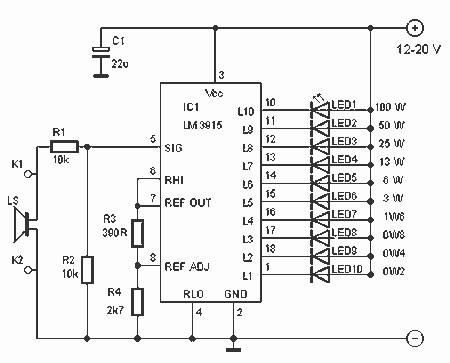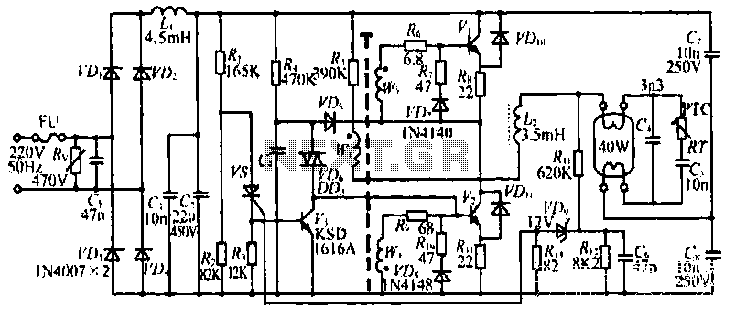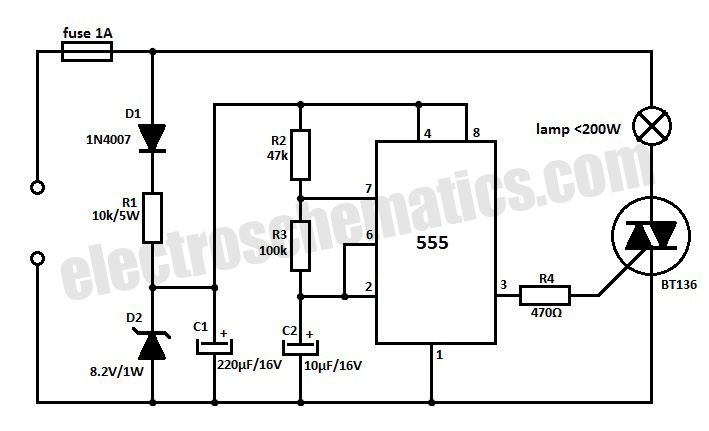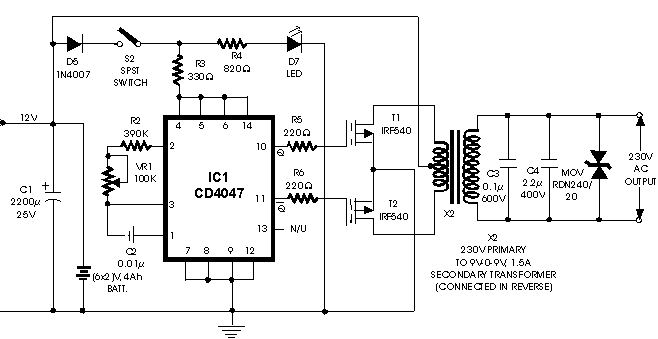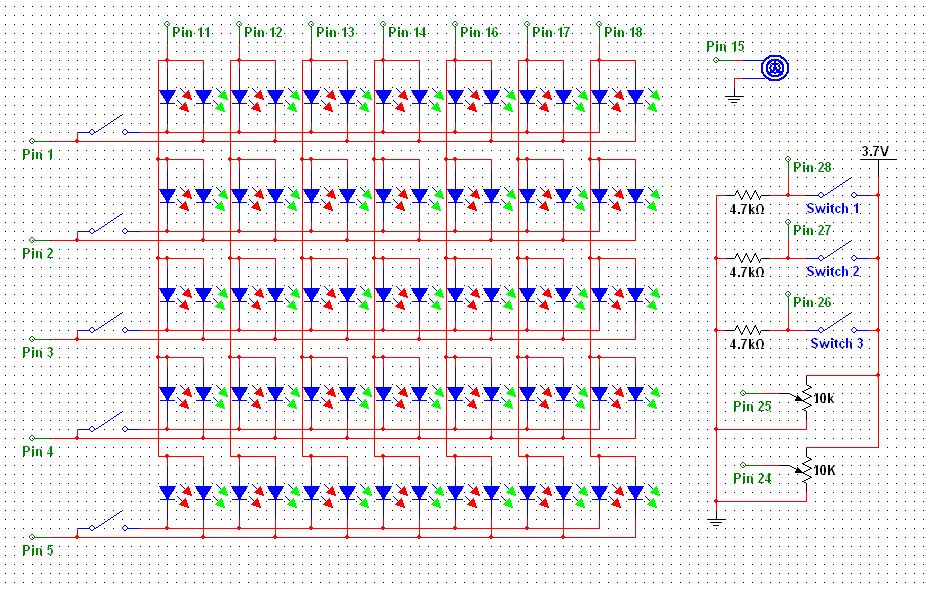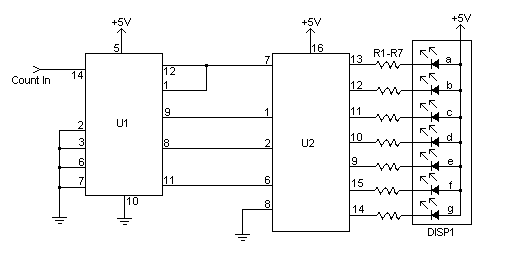
Solar Panel Based Charger And Small LED Lamp
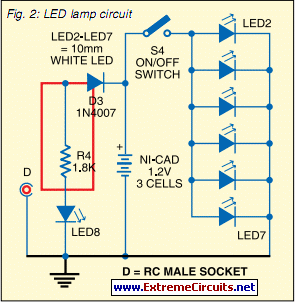
Switching to alternative power sources can help reduce electricity bills. The photovoltaic module or solar panel described here is capable of generating renewable energy.
The photovoltaic module, commonly known as a solar panel, is a device that converts sunlight into electrical energy through the photovoltaic effect. These modules are composed of multiple solar cells, typically made from silicon, which are arranged in a grid-like pattern and encapsulated to protect them from environmental factors.
When sunlight strikes the solar cells, photons are absorbed, which excites electrons and creates a flow of electricity. The output of a solar panel is typically measured in watts, and the efficiency of the panel is determined by its ability to convert sunlight into usable electrical energy.
The design of a solar panel includes several key components: the solar cells, a glass cover that protects the cells while allowing sunlight to pass through, a backing material that provides structural support, and an aluminum frame that aids in mounting and installation.
In addition to the solar cells, a solar panel system may include an inverter, which converts the direct current (DC) produced by the panels into alternating current (AC) suitable for home use. Furthermore, solar energy systems can be enhanced with battery storage solutions to allow for energy use during non-sunny periods, thereby increasing the overall efficiency and utility of the system.
Overall, the integration of photovoltaic modules into energy systems represents a sustainable approach to energy consumption, contributing to reduced reliance on fossil fuels and promoting environmental conservation.You can save on your electricity bills by switching to alternative sources of power. The photovoltaic module or solar panel described here is capable of d.. 🔗 External reference
The photovoltaic module, commonly known as a solar panel, is a device that converts sunlight into electrical energy through the photovoltaic effect. These modules are composed of multiple solar cells, typically made from silicon, which are arranged in a grid-like pattern and encapsulated to protect them from environmental factors.
When sunlight strikes the solar cells, photons are absorbed, which excites electrons and creates a flow of electricity. The output of a solar panel is typically measured in watts, and the efficiency of the panel is determined by its ability to convert sunlight into usable electrical energy.
The design of a solar panel includes several key components: the solar cells, a glass cover that protects the cells while allowing sunlight to pass through, a backing material that provides structural support, and an aluminum frame that aids in mounting and installation.
In addition to the solar cells, a solar panel system may include an inverter, which converts the direct current (DC) produced by the panels into alternating current (AC) suitable for home use. Furthermore, solar energy systems can be enhanced with battery storage solutions to allow for energy use during non-sunny periods, thereby increasing the overall efficiency and utility of the system.
Overall, the integration of photovoltaic modules into energy systems represents a sustainable approach to energy consumption, contributing to reduced reliance on fossil fuels and promoting environmental conservation.You can save on your electricity bills by switching to alternative sources of power. The photovoltaic module or solar panel described here is capable of d.. 🔗 External reference
